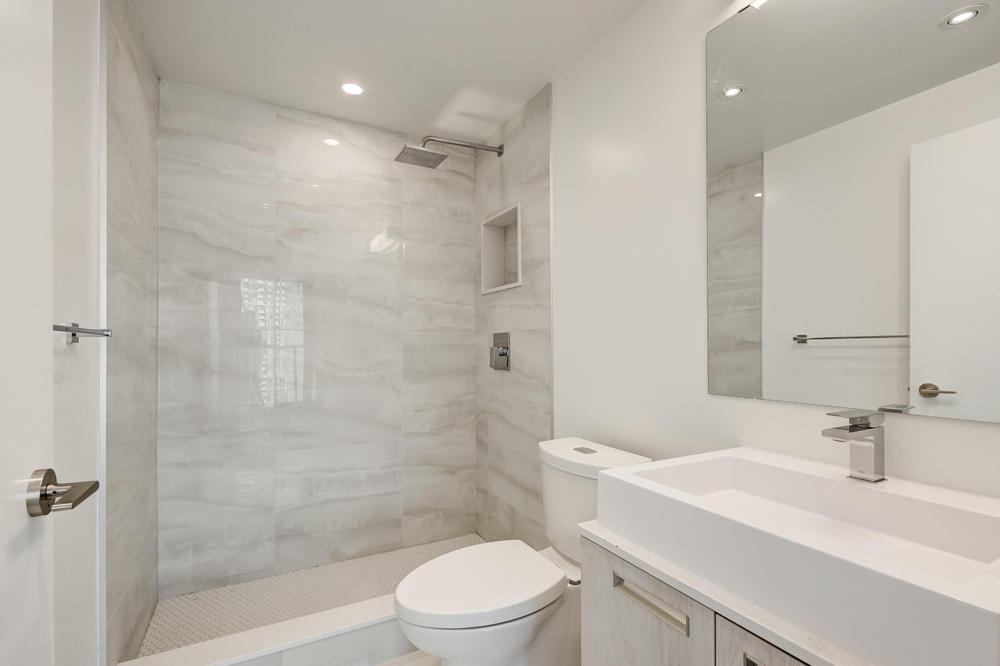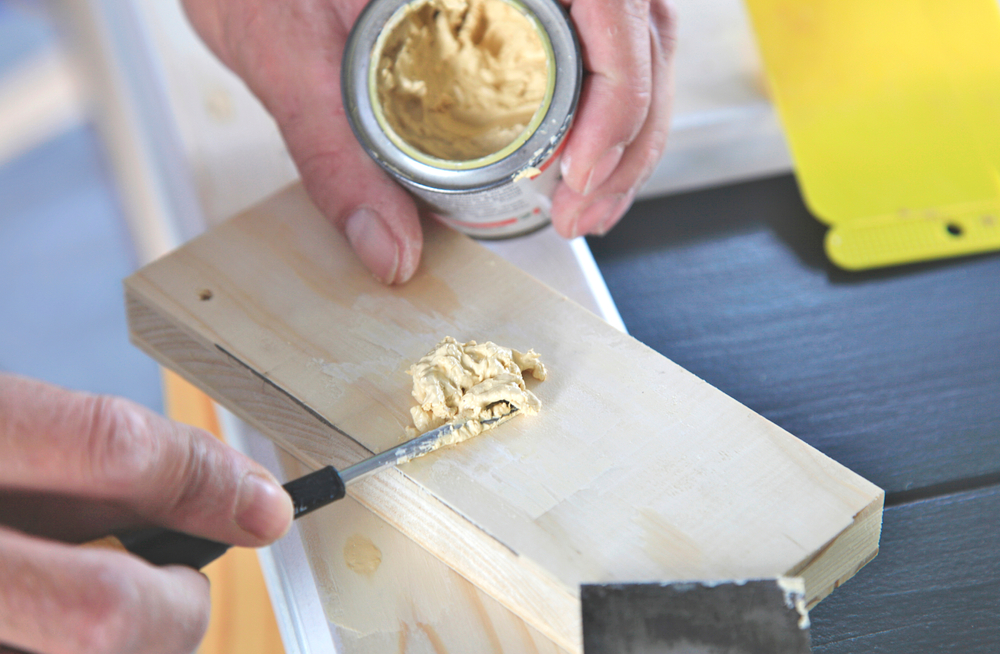Column Construction
Column Construction
Columns have been an integral part of architecture for centuries. The ancient Greeks and Romans relied heavily on column structures for their temples, public buildings, and monuments. These vertical supports are not only functional but often carry significant aesthetic value.

Materials Used in Column Construction
Throughout history, different materials have been employed in the construction of columns. Originally, stone was the primary material. Early columns were often made from limestone or marble. In ancient Egypt, columns made from sandstone and granite were common. The Romans used concrete to build their columns, which allowed for larger and more complicated designs.
With advancements in technology, materials evolved. Steel and reinforced concrete became popular in the 19th and 20th centuries. These materials offered greater flexibility and strength. Today, columns can be made from a variety of materials, including:
- Wood
- Steel
- Concrete
- Stone
- Fiberglass
Types of Columns
Columns vary in design and purpose. Some common types include:
- Doric Columns: Known for their simple, sturdy design. These columns lack bases and have plain capitals.
- Ionic Columns: More slender than Doric columns. They are characterized by scrolls on their capitals.
- Corinthian Columns: Highly ornate, with capitals decorated with acanthus leaves.
- Composite Columns: A combination of Ionic and Corinthian styles.
- Tuscan Columns: Similar to Doric but with a simpler base and unadorned capitals.
Structural Role of Columns
The primary role of a column is to transfer the weight from the structure above to the foundation below. They are essential in supporting beams, arches, or other horizontal structures. By distributing loads evenly, columns ensure the integrity and stability of buildings.
Columns can also resist forces such as wind or seismic activity. In earthquake-prone areas, columns are often designed with extra reinforcement to withstand tremors.
Design Considerations
When designing columns, several factors need to be considered:
- Load-Bearing Capacity: Engineers must calculate the maximum load a column can support.
- Height and Diameter: The proportions of the column should be aesthetically pleasing, but more importantly, they must support the required load.
- Material Strength: Depending on the material’s properties, the column’s dimensions will vary.
- Environmental Conditions: Factors like moisture, temperature, and exposure to chemicals can affect the durability of the column.
Construction Techniques
There are various techniques employed in building columns. The process often starts with creating a foundation, ensuring it can handle the load transferred by the column. For columns made from concrete, a mold or formwork is constructed. Reinforcement, usually in the form of steel bars or mesh, is placed within the formwork to provide additional strength.
Concrete is then poured into the mold and allowed to cure. For stone or brick columns, individual units are stacked and bonded together using mortar. Steel columns are prefabricated and assembled on-site.
Modern Applications of Columns
Today, columns are not limited to just supporting structures. They are used in various applications ranging from residential homes to skyscrapers. In residential buildings, columns can create open floor plans by providing essential support without internal walls. Skyscrapers rely heavily on steel and concrete columns to transfer vast loads from floors to the foundation.
Additionally, columns are a crucial component in bridges, ensuring the entire structure remains stable. Pedestrian walkways, parking garages, and even interior design use columns for both functional and aesthetic purposes.
Sustainable Practices in Column Construction
With the rise of sustainable architecture, column construction methods are adapting. Using recycled materials, such as steel, helps in reducing the carbon footprint. Innovations in reinforced concrete with added composites improve the durability and reduce the environmental impact.
Prefabrication is another technique that has sustainability benefits. Producing columns off-site in controlled environments minimizes waste and enhances precision. This method also reduces on-site construction time, leading to fewer emissions from machinery.
Historical Significance
Columns hold historical significance in many cultures. The Greeks developed the classical orders of architecture, which include Doric, Ionic, and Corinthian styles. These designs emphasized symmetry and proportionality.
Roman architecture borrowed heavily from the Greeks but introduced innovations like the Composite column. Roman columns were often more elaborate and used as propaganda tools to demonstrate power and ingenuity.
In medieval times, columns took on a different aesthetic in gothic architecture. Slender, pointed columns were used to support soaring cathedrals, creating a sense of verticality and lightness.
Challenges in Column Construction
Despite advancements in technology, column construction still faces challenges. One such challenge is ensuring the precise alignment and verticality of columns. Any deviation can compromise the entire structure.
Dealing with soil conditions is another issue. The foundation must be solid to support the column load, requiring thorough geotechnical investigations.
Additionally, managing loads during construction is crucial. Temporary supports are often needed until the columns can carry their intended load.
Technological Innovations
Technology has significantly influenced column construction. Computer-aided design (CAD) allows architects and engineers to create precise and complex column designs.
Building Information Modeling (BIM) helps in visualizing the column within the entire structure, ensuring integration and cooperation among different building systems.
Advanced materials, such as high-performance concrete and carbon fiber-reinforced polymers, offer better strength and durability. Robotics and automation streamline the construction process, improving accuracy and efficiency.
The construction of columns, from their material choice to the techniques used, and from their design to their ultimate function, truly showcases the intersection of art and engineering. As technology continues to evolve, so will the methods and materials in column construction, pushing the boundaries of what is structurally and aesthetically possible.




Subscribe for Updates
Get the latest articles delivered to your inbox.
We respect your privacy. Unsubscribe anytime.